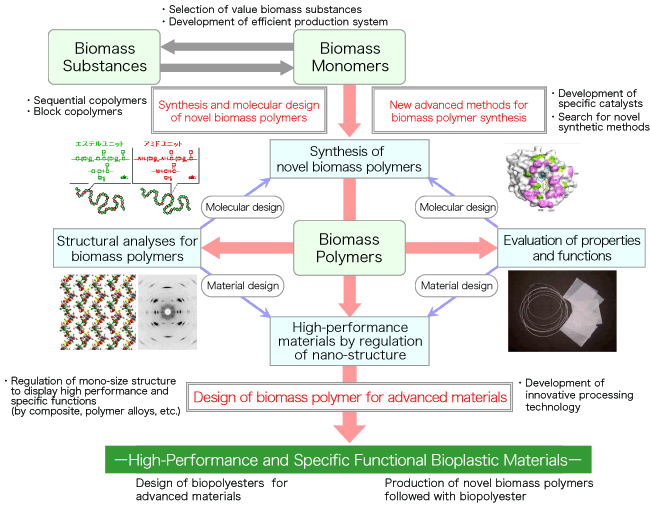BioPLASTIC
from ORANGE PEELS
Based on the research your team has done, explain how the NCT application chosen has advanced scientific knowledge.
The field of biological engineering has only recently been established as a curriculum for universities, yet its advancements in medicine and environmental conservation have touched all major disciplines for decades. Bioengineering involves using the principles of biological systems and applications of engineering to create beneficial products like medical devices, renewable energy, and biodegradable materials. Currently the field has undertaken the task of producing fully functional and cost-effective biomaterials, specifically biodegradable plastics. In 2009 a Korean researching team with KAIST University produced Polyactic Acid (PLA), a starch derivative that can be used to create bioplastics without the use of petroleum. At the molecular level, conventional plastics are created from simple polymers that, in turn, are made of chains of monomers. These molecules are then paired with fossil fuel-based additives that produce toxins, giving plastic its environmental drawbacks, including pollution. On the other hand, the creation of bioplastic involves the use of metabolically engineered organisms, like E. coli, capable of producing unnatural polymers in a two-step fermentation and expensive chemical process of polymerization. The KAIST team developed a cheaper and ingenious one step fermentation process that allows E. coli to create PLA and lactate-containing copolymers directly. This microbial fermentation is renewable, sustainable, commercially viable, and will allow large-scale production of environmentally conscious plastics and polyesters. The use of engineering microorganisms is also promising in the race against global warming. It is also important to understand that bioplastic research has been ongoing since the early 20th century. The first commercial biodegradable plastic was cellophane, whose name comes from its polymer of choice: cellulose. The production of cellophane, however, is expensive and emits pollution via toxic by-products. As a result its use has dwindle in the past decades. As environmental problems rise in relation to our use of fossil fuels and develop a demand for cleaner alternatives, there is no doubt that in the coming years bioengineering will create valuable solutions and, in the process, revolutionize our traditional methods of energy and food production.
